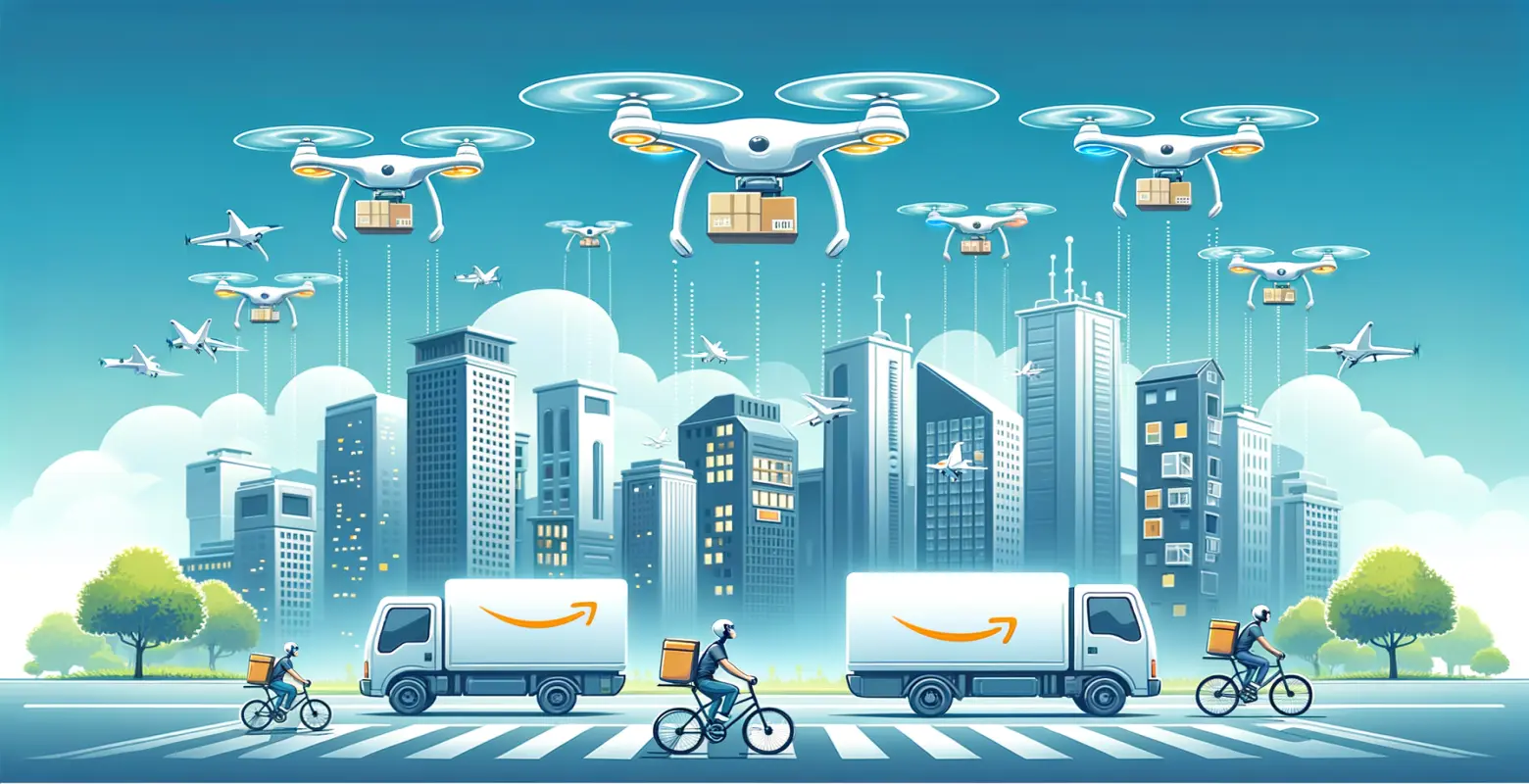Will drones replace traditional delivery methods?
Introduction
In today's rapidly changing technological world, innovations in the logistics industry are becoming increasingly visible. One of the most discussed topics is the use of drones for deliveries. Drones, once mainly associated with the military and hobbyists, are now finding more and more applications in the commercial sector, including in goods deliveries. Can drones replace traditional delivery methods? This question is gaining importance, especially in the context of increasing demand for faster and more eco-friendly logistic solutions. In this post, we will take a closer look at this issue, analyzing potential benefits, challenges, and the future of drone deliveries.
History and Development of Drone Technology
Drone technology has been evolving for several decades, initially mainly used for military purposes. However, in recent years, thanks to advancements in miniaturization and battery technology, drones have become more accessible and utilized in various civilian sectors. In 2013, Amazon announced its Prime Air project, which aimed to deliver packages using drones, significantly boosting interest in this technology and its development in the logistics industry.
Advantages of Drone Deliveries
Speed and Efficiency: One of the biggest advantages of drones is their ability to quickly deliver packages, bypassing traditional obstacles such as traffic jams or road unavailability. This allows deliveries to be completed in a shorter time, which is crucial for "last-mile" deliveries.
Cost Savings: In the long run, drones can contribute to reducing delivery costs by eliminating the need for hiring drivers and reducing fuel consumption.
Environmental Friendliness: Electrically powered drones emit significantly fewer pollutants compared to traditional delivery vehicles, which is a significant asset in the context of global efforts to protect the environment.
Challenges Associated with Drone Implementation
Legal and Regulatory Issues: One of the main challenges facing widespread drone use for deliveries is legal regulations. In many countries, regulations regarding airspace are quite restrictive, making it difficult to mass implement drones in urban areas.
Safety: Ensuring the safety of drone operations is crucial. There is a risk of collisions with other flying objects, as well as the risk of a drone crashing to the ground in case of technical failure.
Technological Limitations: Current drone technology has its limitations, including range and payload capacity. Most drones used for deliveries have a limited operating range and the ability to carry only small packages.
Future of Drone Deliveries
Drones have the potential to revolutionize the logistics industry, especially in rural and hard-to-reach areas where traditional delivery methods are less efficient. In cities, drones can complement traditional delivery methods, especially for urgent shipments.
Companies such as Amazon, Google, or DHL are already investing in research and development of drone technology, suggesting that in the future, we can expect more innovations in this field. The development of artificial intelligence and automation technology may also contribute to increasing the efficiency of drone operations.
Conclusion
Although drones offer many benefits, there are still many challenges to overcome before they become a common means of transportation in the logistics industry. Nevertheless, their potential to speed up and balance deliveries is enormous. As technologies continue to develop and regulations adapt to new realities, drones may become an integral part of the logistics strategies of many companies. It is worth observing this dynamically evolving sector and being prepared for the changes that may occur in the near future.






Number of comments: 0